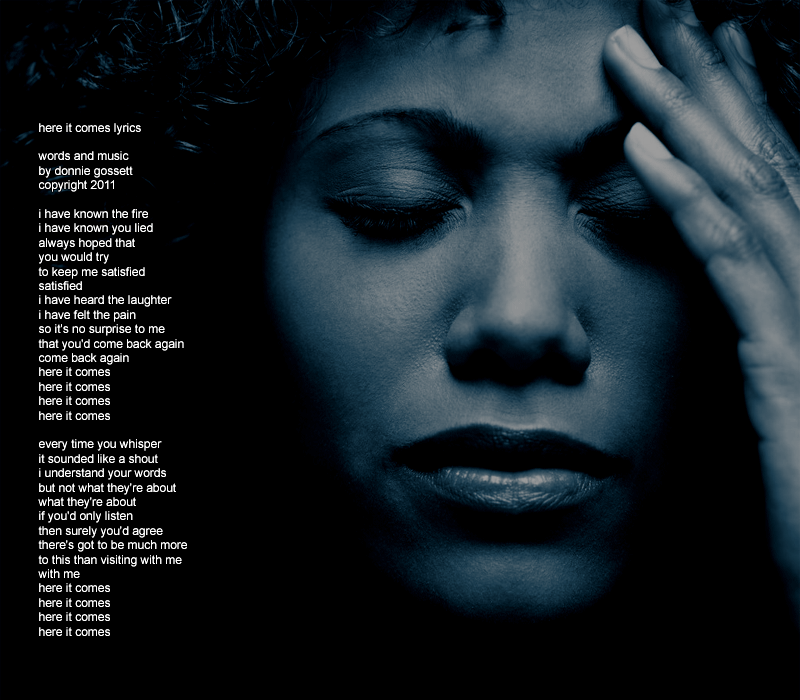 panic disorder panic disorder
Panic disorder is an anxiety disorder characterized by recurring severe panic
attacks. It may also include significant behavioral change lasting at least a
month and of ongoing worry about the implications or concern about having other
attacks. The latter are called anticipatory attacks. Panic disorder is not the
same as agoraphobia (fear of public places), although many with panic disorder
also suffer from agoraphobia. Panic attacks cannot be predicted, therefore an
individual may become stressed, anxious or worried wondering when the next panic
attack will occur. There are other schools of thought that Panic disorder is
differentiated as a medical condition, or chemical imbalance.
The Diagnostic and Statistical Manual of Mental Disorders
describes Panic disorder and Anxiety differently. Panic attacks have a sudden or
out-of-blue cause that lasts shorter with more intense symptoms, as opposed to
Anxiety attacks having stressors that build to less severe reactions and can
last for weeks or months. Panic attacks can occur in children, as well as
adults. Panic in young people may be particularly distressing because the child
has less insight about what is happening, and his/her parent is also likely to
experience distress when attacks occur.
Panic disorder is a potentially disabling disorder, but can be
controlled and successfully treated. Because of the intense symptoms that
accompany panic disorder, it may be mistaken for a life-threatening physical
illness such as a heart attack. This misconception often aggravates or triggers
future attacks (some are called Anticipatory Attacks). People frequently go to
hospital emergency rooms when they are having panic attacks, and extensive
medical tests may be performed to rule out these other conditions, thus creating
further anxiety. Nonetheless, Coryell et al. found death rates in panic disorder
patients exceeded those in the general population. In their study, 20% of deaths
in 113 former psychiatric inpatients with panic disorder followed 35 years later
were suicides;
however, due to the co-morbidity of
anxiety
disorders, it is unclear whether panic disorder was the main cause of
suicide. This study also found that men with panic disorder had twice the risk
of cardiovascular mortality compared to men in the general population. Effective
treatment of panic disorder has been shown to offset costs of medical care by as
much as 94%. There are three types of panic attacks: unexpected, situationally
bounded and situationally predisposed (American psychiatric association 2000).
|



 panic disorder
panic disorder